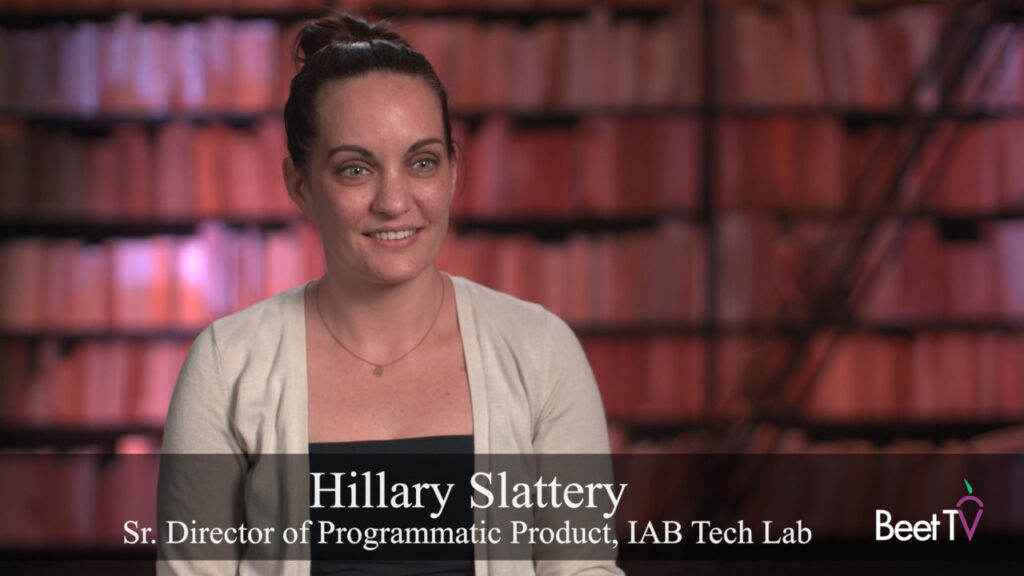As addressable TV grows beyond its roots in categories like autos, new challenges have appeared around targeting, measurement, cost and creative.
But the opportunity is also now seeing kinds of ad buyers adopting addressable.
In this video interview with Beet.TV, Cara Lewis, Chief Investment & Activation Officer at dentsu international, said the addressable ad market is maturing, but there are still obstacles to overcome for wider adoption.
Addressable vs targeting
Addressable TV allows advertisers to reach specific audiences within multichannel video programming distributors (MVPDs) based on known purchase intent or product usage.
It differs from broader targeting strategies that focus on signals and inferred interests rather than individual-level data. Lewis spelled out the difference:
- “Addressable TV is allowing us to, within the MVPDs, essentially reach the audiences because we know that somebody in that household is intending to buy our product or use our product.”
- “In targeting, we’re … targeting against the audiences in terms of signals, in terms of what we know that they like to do and intend to do.”
Performance brands look beyond search
While large advertisers in categories like insurance, auto, and pharma continue to use addressable TV, performance-driven brands are emerging as a new growth area. These brands, often reaching saturation on search and social platforms, seek incremental reach through addressable TV, which can deliver measurable outcomes aligned with their performance goals.
“We have a lot of performance brands that might be tapping out in search and social, and they’re looking for the next way to get incremental reach, and we’ve been talking to them about addressable TV to be able to do that,” Lewis said. “They are very performance-driven, and so they want to kind of keep that performance, and we can get outcomes out of our addressable TV buys.”
She continued: “And so that’s really kind of like a next layer for us because addressable can be also linear and connected TV at this point.”
Barriers to wider adoption
Despite its growth, addressable TV faces challenges related to measurement, cost, and creative. Measurement remains a hurdle, and while addressable CPMs may appear higher than linear CPMs, Lewis argues that the effectiveness of addressable often justifies the cost.
“Measurement is still a little bit of a barrier. I also think cost is still a barrier,” Lewis said. “If you compare it to a linear CPM, yes, it looks a lot more expensive.”
But, she added: “If you actually take the effectiveness of what addressable is driving versus linear, then it actually may look even better, and usually does.”
You’re watching Beet.TV coverage of “Go Addressable 2024: TV, Unified – The Intersection of Addressability & Innovation,” presented by Go Addressable. For more videos, please visit this page.































